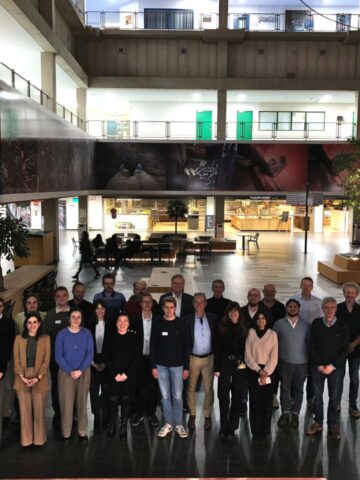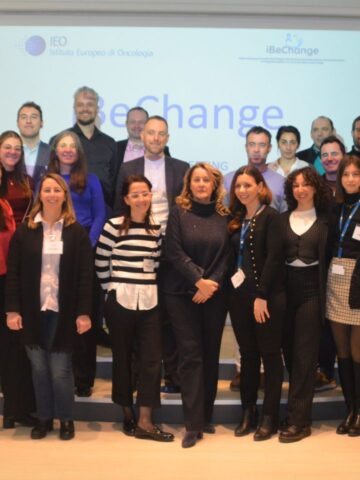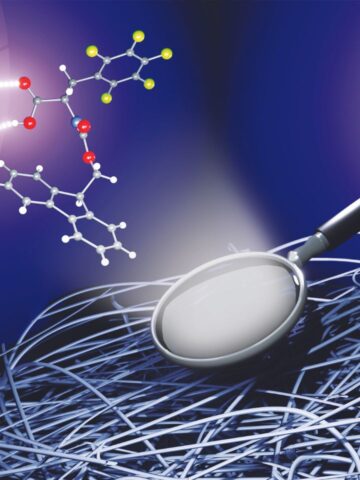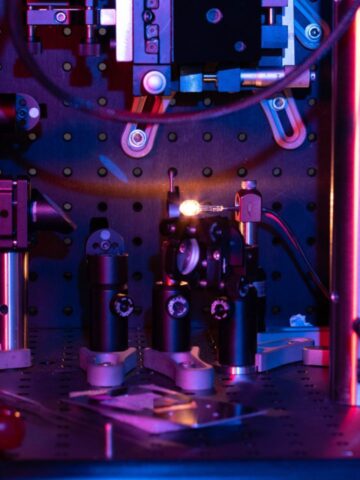A new optical tool will help scientists unlock the secrets of bacterial electrical signalling – paving the way for insights into antimicrobial resistance, drug efficacy and infection control.
Like neurons, bacteria use ion channels to process environmental cues and communicate with each other. Now, scientists have just discovered a tool which can modulate bacterial electricity, bringing new approaches to study and control bacterial cells.
Today, in a study published in Advanced Science, scientists at the University of Warwick and Politecnico di Milano, reported a major step forward in the field of bacterial electrophysiology.
The team used a membrane-targeted chemical, azobenzene (Ziapin2) to modulate the membrane potential in bacterial cells using light.
This powerful tool has the potential to advance our understanding of microbial phenomena and pave the way for new approaches to studying and controlling various bacterial processes – from the global threat of antimicrobial resistance to better developing the efficacy of pharmaceuticals.
The introduction of light-methods in bacteria can potentially open up new exciting research routes. Apart from addressing the urgent issue of antimicrobial resistance, this approach can be exploited to build up bacterial hybrids capable to perceive light and perform useful tasks, such as drug delivery in hard-to-reach body locations.
Giuseppe Paternò, assistant professor at the Department of Physics
This study was funded in part by Fondazione Cariplo.














